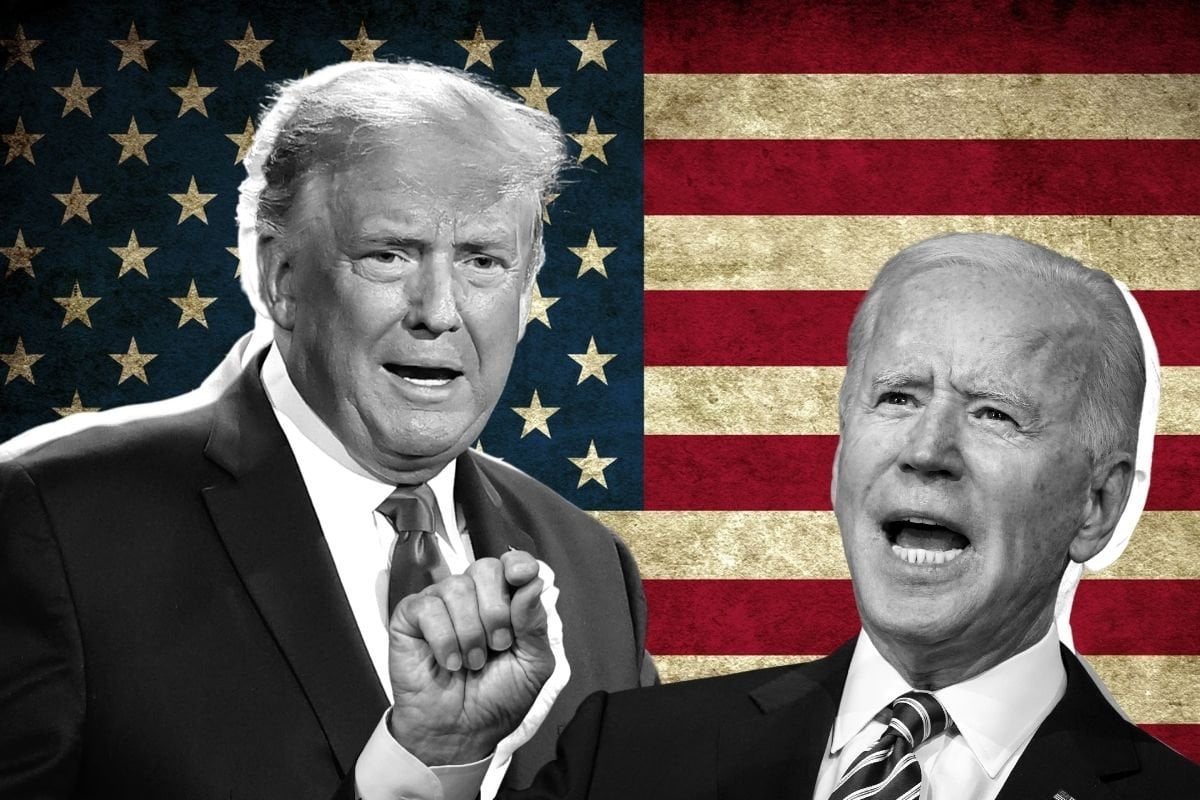
On Tuesday, US time, the polls will open in the United States in what's being billed as one of the most important elections in a lifetime.
The stakes have rarely been higher; the choice rarely so distinct.
Yes, Republican President Donald Trump and Democratic nominee Joe Biden are more at odds than just about any candidates we've seen tousle for the top job.
Watch: Case in point, the first debate...
Not only do they disagree on how to handle the COVID-19 pandemic and resulting economic slump, they stand opposed on pressing global issues like climate change and foreign policy, and national issues like universal healthcare.
Faced with these vastly different futures, Americans are particularly engaged this time around.
Though it's not compulsory for them to vote, more than 65 per cent of those eligible are tipped to do so this election — a figure that hasn't been seen in 112 years.
Once they've cast their ballots, all eyes will be on just a handful of critical states; states that will determine which of those divergent futures the global superpower will have.




























































































